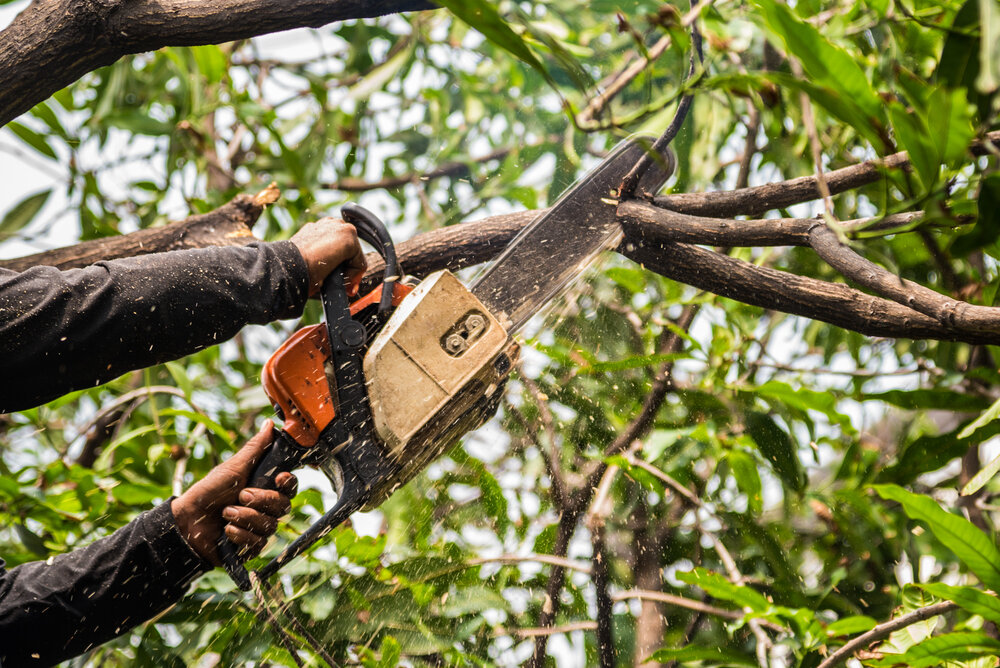
Tree pruning and trimming are often performed for a number of reasons, ranging from increasing the health of your trees to making them and the surrounding environment safer.
There are various types of tree trimming, and hiring professional services like tree care winnipeg would help you better understand what suits your trees the best.
Table of Contents
Types of Tree Trimming
Crown Thinning
This sort of cutting, also known as crown thinning, involves removing weak branches to expand the canopy. Crown thinning allows more air and light into the tree. Eliminating defective branches also helps lightens the burden on the bigger branches. When crown thinning, be careful to remove any undesirable branches across the crown, paying special attention to the margins. Further, avoid removing too many branches from the heart of the tree as this may have an impact on the overall structure of the tree.

Dead Pruning
Removing dead, dying, or diseased branches is vital for owning trees. Dead pruning eliminates sick branches and enhances the aesthetic of your trees, dramatically increasing the curb appeal of your home. Furthermore, removing all of the dead branches reduces you and your home from any kind of danger.
Pollarding entails eliminating all branches
leaving just a framework of secondary branches along the main stem. Pollarding starts while your trees are young and continue at regular intervals throughout their lives. This kind of trimming ensures a steady supply of tiny diameter poles while not harming your tree.
Crown Lifting
Crown lifting is a pruning technique that involves removing low-hanging branches and limbs dragging down the upper branches. This procedure is often performed on trees that overhang sidewalks, roadways, or even your house. However, since this method is detrimental to more significant, more established trees, it is best suited for younger trees. Crown lifting also helps your trees to blend in with the rest of your landscape, keeping them well-kept and healthy.
Crown Reduction
This entails lowering the tree’s overall height or reducing the bulk of the main limbs. This tree pruning service is more suitable for younger trees than older ones. In elder trees, removing a complete limb rather than decreasing it is preferable. This sort of tree cutting aims to eliminate terminal branches while preserving the main limb. Crown reduction should be performed with extreme caution by someone familiar with the tree’s development cycle. Crown reduction by tree care Winnipeg helps your trees to continue growing healthily while also reducing the chance of rot following trimming.
Conclusion
Pruning your trees has several advantages, including keeping them healthy and sturdy. While it may seem futile, removing huge, heavy branches or diseased limbs may aid in the recovery of your trees and make it more disease resistant. In addition, you can hire professional services like tree care Winnipeg to get their professional assistance in trimming your tree.





